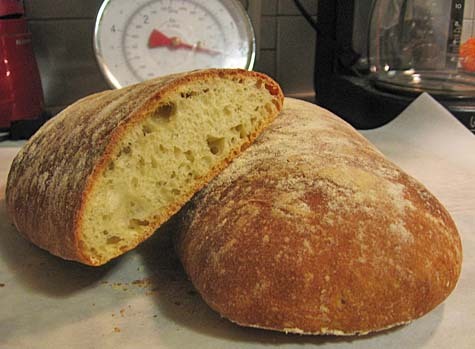
Oh, look, it’s more bread! And not just any bread but some tasty, crunchy, chewy ciabatta.
This is very similar to the French loaf recipe, but there’s no sugar and you shape the dough into two, flat, rectangular loaves. There aren’t a lot of pictures here — mainly because I think I was just lazy. This, like the French round, is from the treasure trove of King Arthur Flour online recipes — specifically the yeast breads > French & Italian.
Rustic Italian Ciabatta
Adapted from the King Arthur Flour Website
1 1/2 cups cool water (12 ounces)
3 1/2 cups Bread Flour (or King Arthur European-Style Artisan Bread Flour (14 3/4 ounces)
2 tsp dry active yeast (the original recipe said instant yeast — is that something different? I used dry active)
1 1/2 tsp salt
Stir the water, 2 cups of the flour, and 1 teaspoon of the yeast together, cover and let rest at room temperature for several hours, or overnight. Here’s what I did — we were going out of town for the weekend, so I mixed the starter up and stored it in the refrigerator for about 2.5 days.
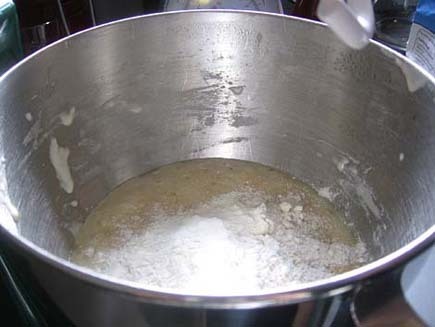
Add the remaining flour, yeast, and salt, mixing vigorously until the dough begins to hold together. This is a very sticky dough; add more flour only if it’s “soupy.”
Place the dough in a lightly floured bowl. Let it rise for 1 hour, then gently deflate it. Let it rise another hour, then turn it out onto a liberally floured work surface or silicone rolling mat, and sprinkle lots of flour on top.
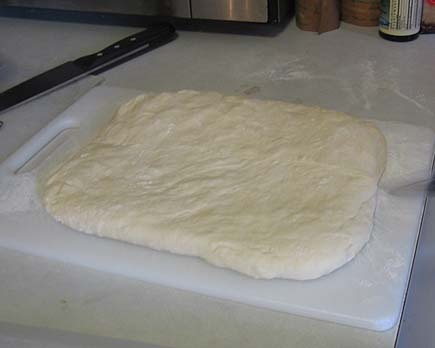
Flatten the dough to an 8 x 10 inch rectangle, about 3/4-inch thick, and cut it into two pieces, each about 4 x 10 inches.
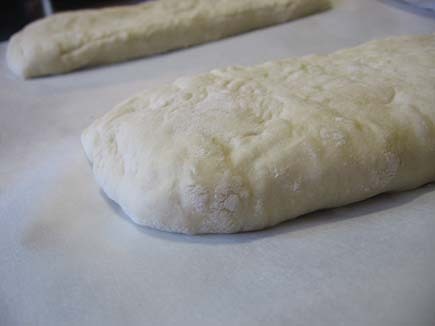
Transfer the loaves onto a piece of parchment, leaving about 6 inches between them. Cover with a proof cover or heavily oiled plastic wrap, and let rise till they’re very puffy, about 2 hours.
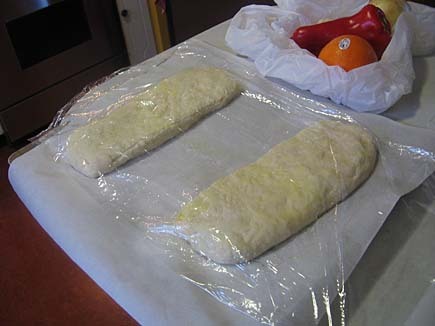
While the dough is rising, place a baking stone in the oven and set the temperature to 500 degrees F. Allow the oven to heat for 30 minutes. Spritz the dough with water, then transfer the bread to the stone, parchment and all, and lower the oven temperature to 425 degrees F.
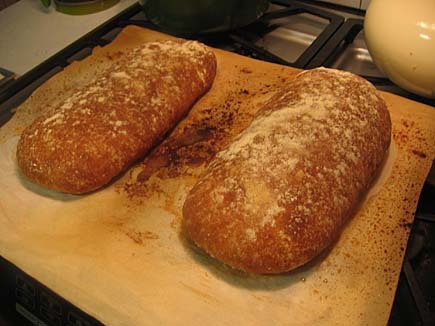
Bake the ciabatta until it’s golden brown, approximately 22 to 25 minutes. Turn the oven off, crack the door open about 2 inches, and allow ciabatta to cool completely in the turned-off oven. Yeah, good luck with that…we lasted about an hour before the bread was taken out and snacked on.
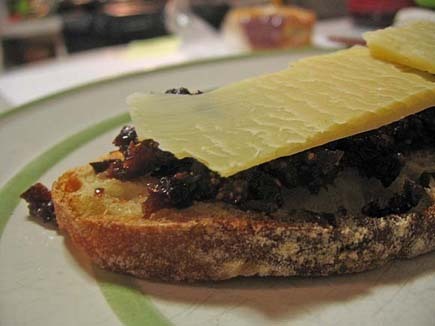
Note: If you don’t have a baking stone, transfer parchment and ciabatta to a cookie sheet, and bake on the middle rack of your oven.

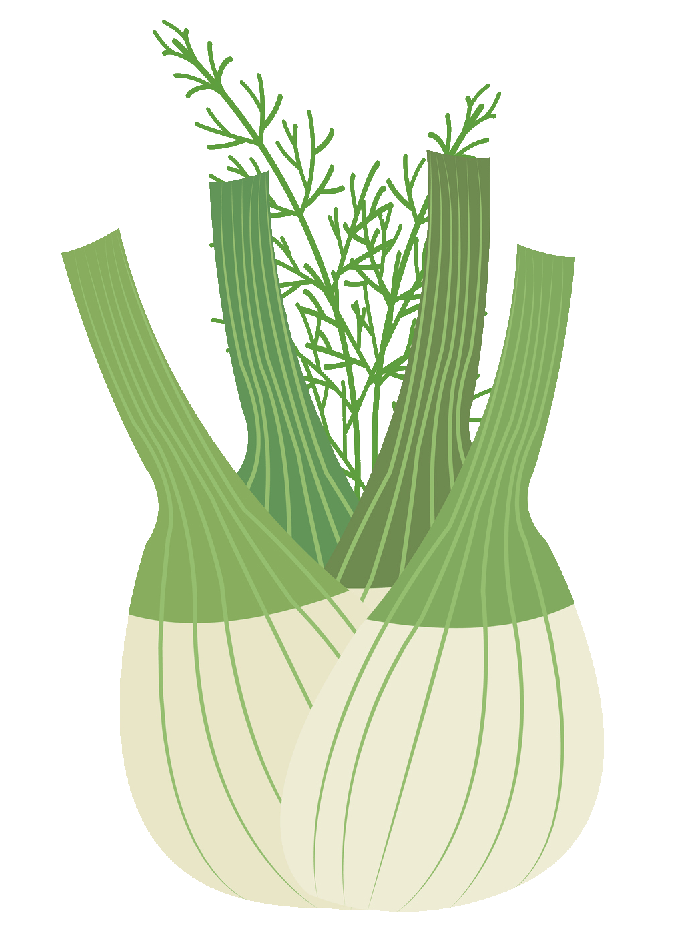
Yes, instant yeast usually comes in those little individual packets…and regular yeast gets measured out. I “think” that 2 tsp of instant yeast would equate to 2 packets. From your beautiful photos, I would say that it simply didn’t matter in this case!
I’m going to try this as soon as I get bread flour! 🙂
There are basically three types of yeast: fresh compressed, instant and active dry. There are about 25% more living cells per teaspoon in Instant Yeast than in Active Dry. And about 300% more in fresh compressed.
.
You can use the following conversion:
100% fresh yeast = 40-50% active dry = 33% instant
I have been looking for a simple bread recipe like this. But what is the difference between bread flour and other flour?
I’ve been baking a fair amount of bread lately. Thanks for the recipe and instruction for this ciabatta. I will be baking again soon!
Michelle: I believe I know this — bread flour has more gluten in it so it develops a chewier texture. So, you could try to make the bread with AP flour, but it might not turn out quite as well. OTOH, you wouldn’t want to sub bread flour in a cake or muffins, as chewy is a texture you generally don’t want in those things! Am I right, bread people?
Linda: Thanks! Yeah, I agree with that — it turned out very well, so I will probably use the dry active again!
John DePaula: Thanks for that info! I didn’t even know there was fresh yeast. I don;t think I’m ready for that yet! 😉
Ed: Thanks! I think I may try that whole wheat bread on your site next! 🙂
I just found a pretty good post about yeast – very handy: http://theitaliandishblog.com/imported-20090913150324/2010/1/23/yeast-explained.html .
John: 1. Wow, thanks, that is SUPER informative! 🙂
2. I may have a new favorite food blog!